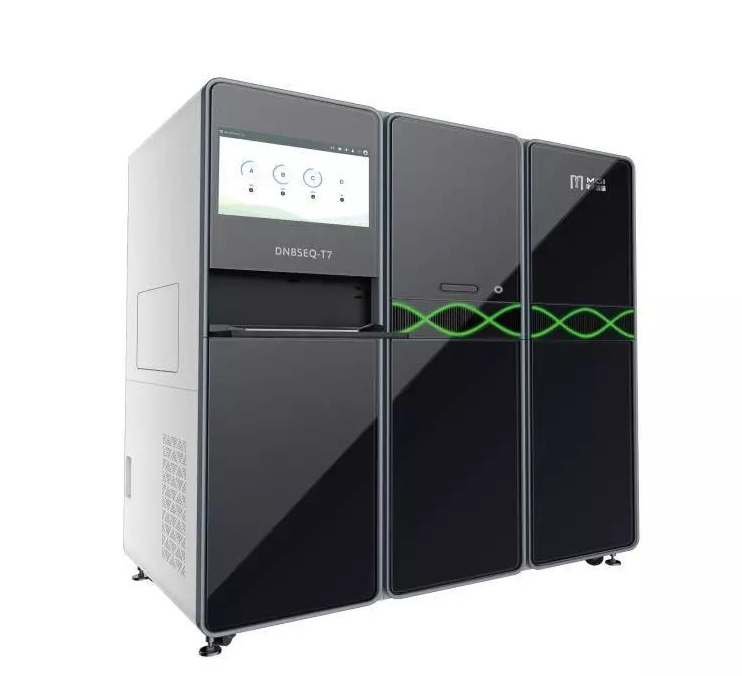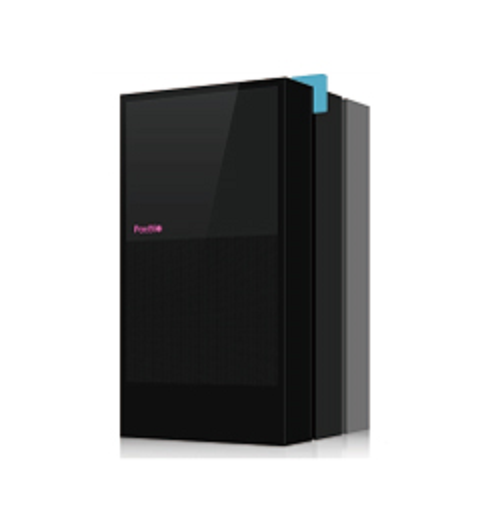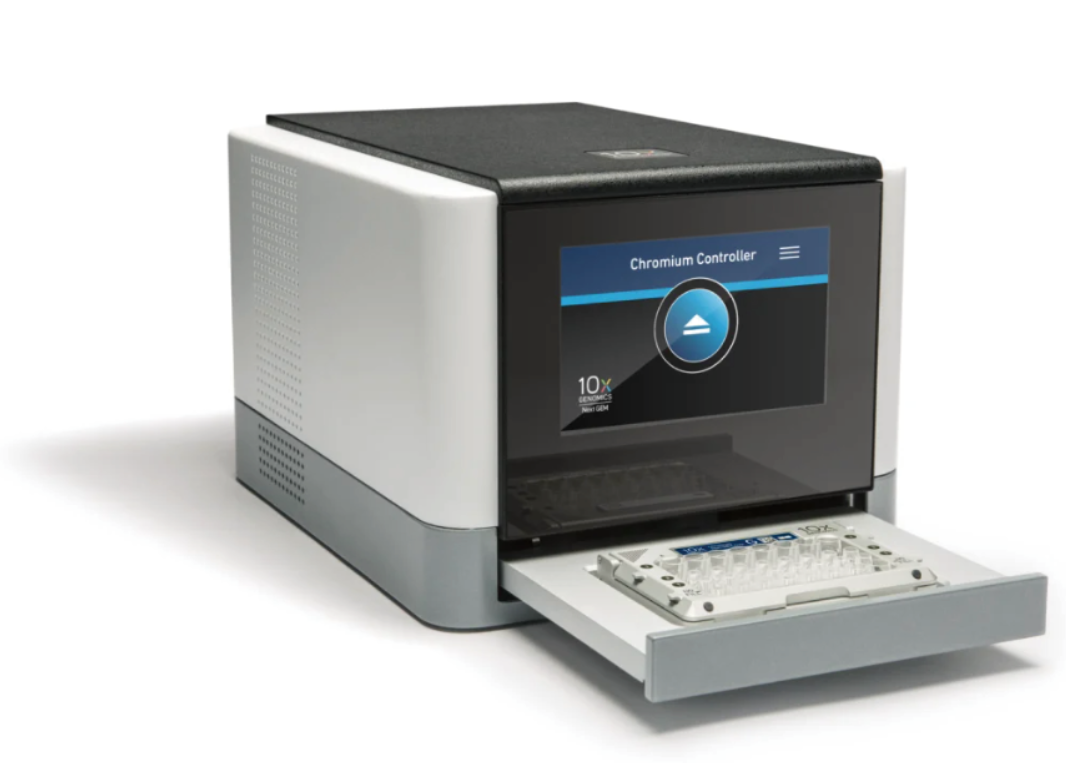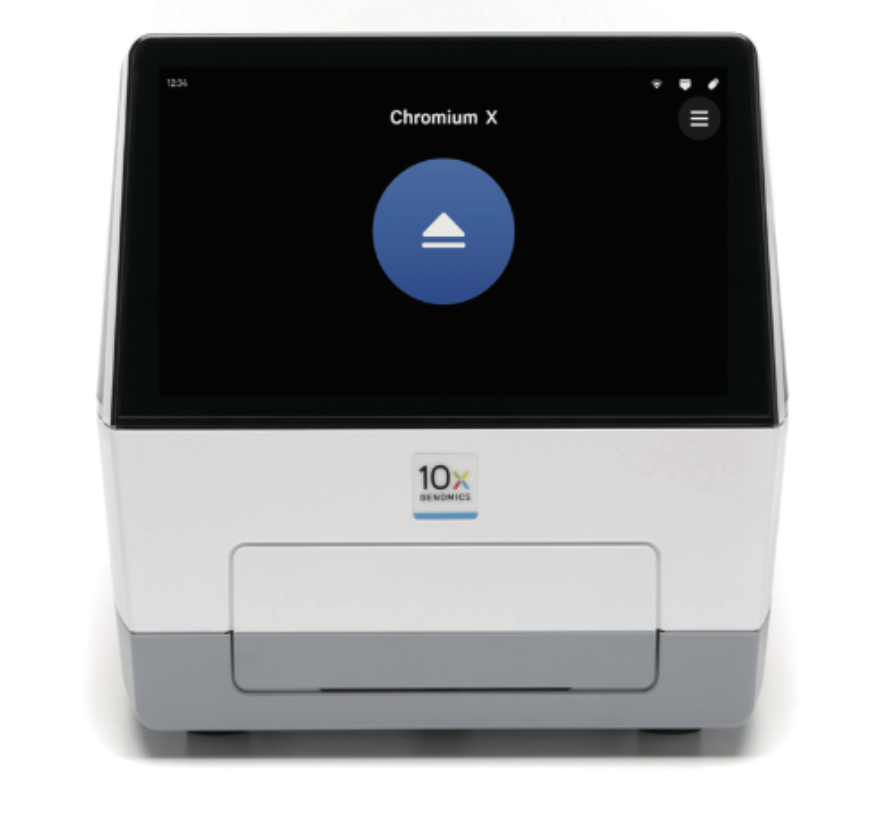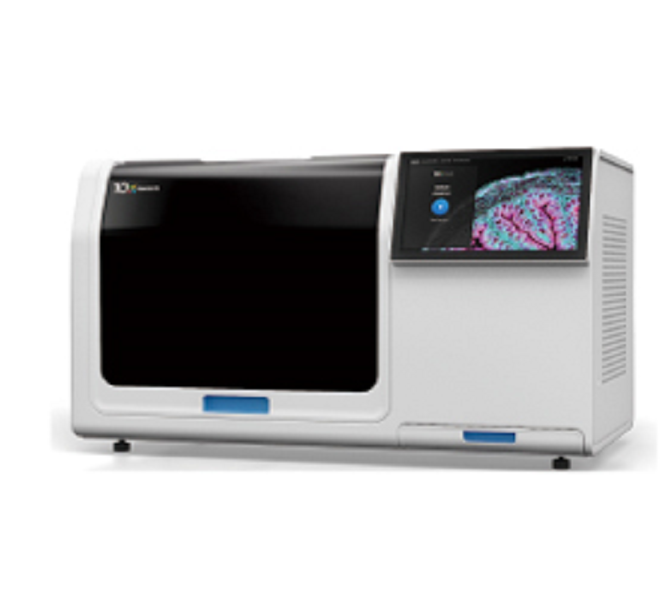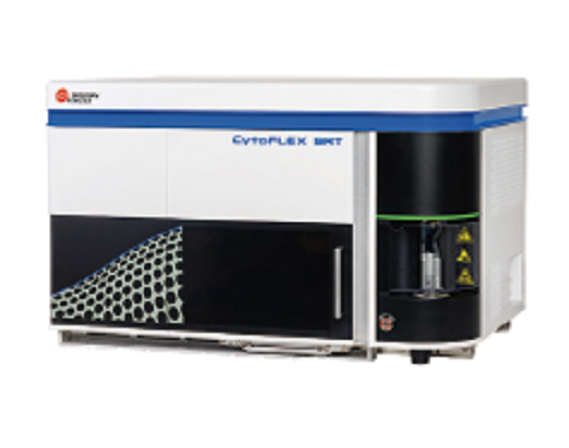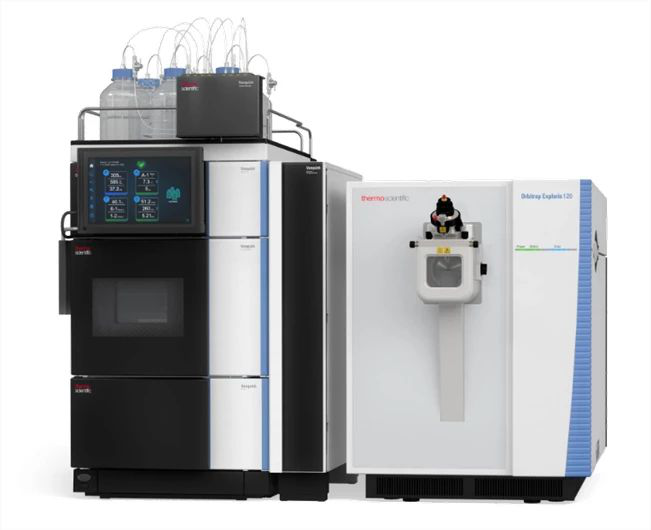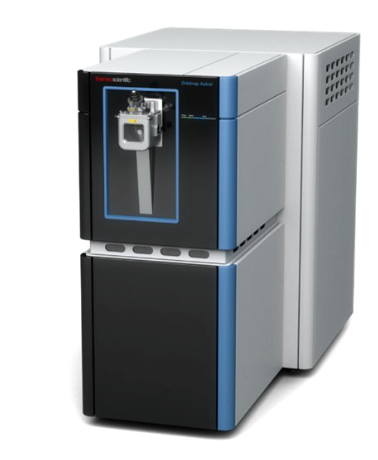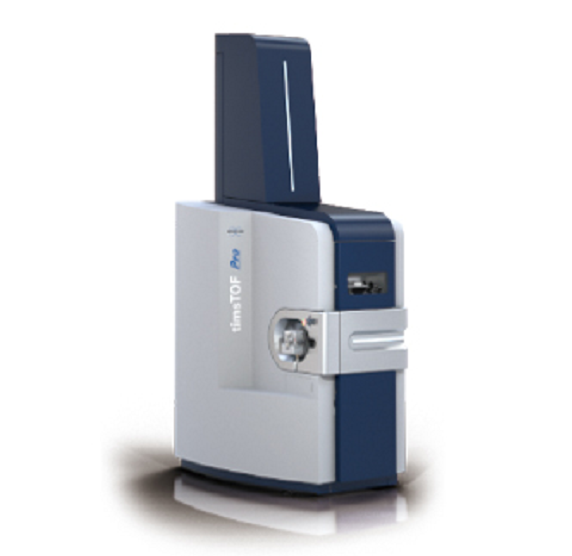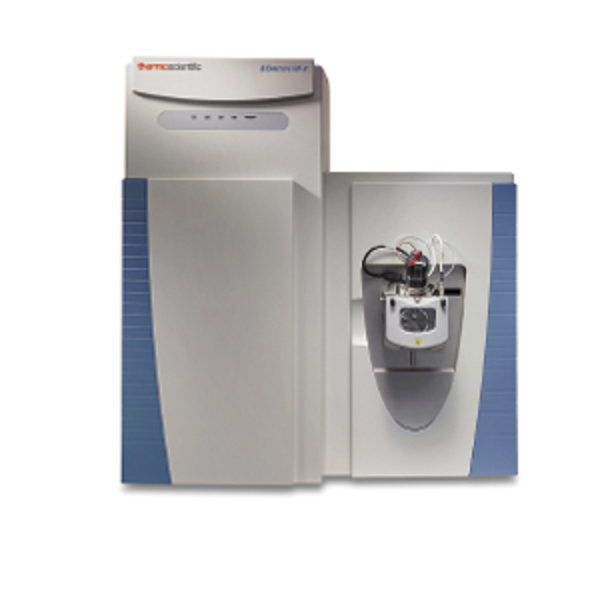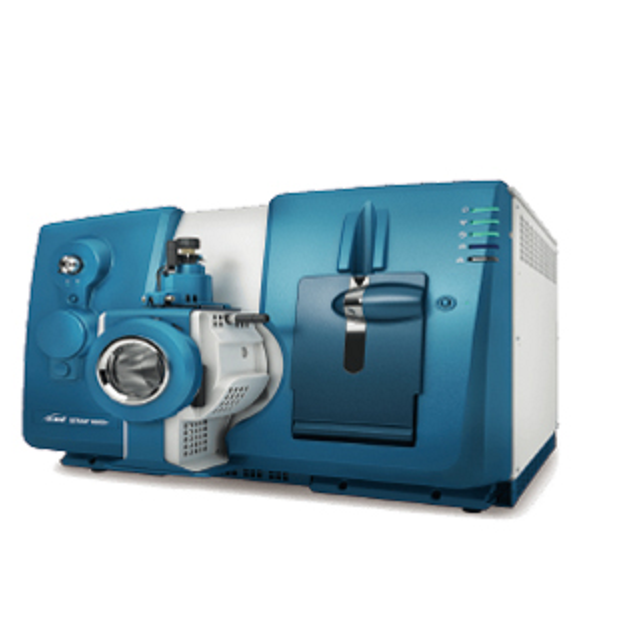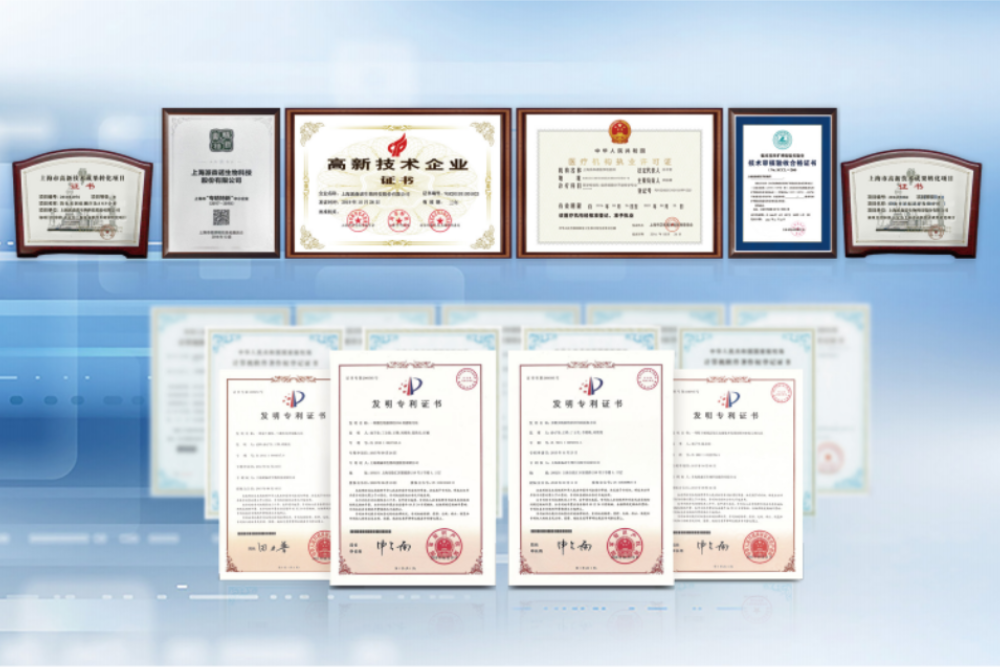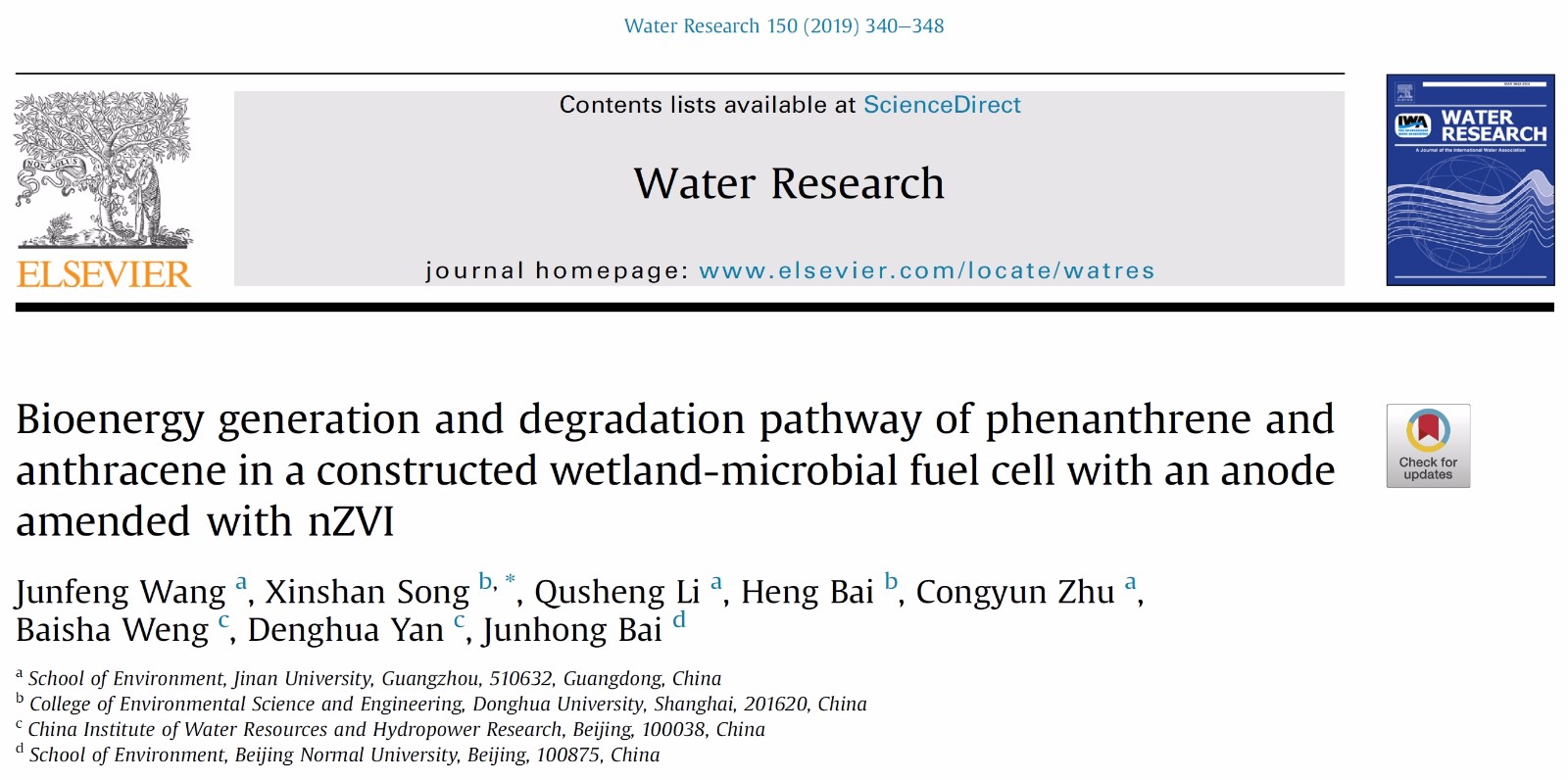
The frequent occurrence of polycyclic aromatic hydrocarbons (PAHs) in aquatic environments is of great concern because of their teratogenic������ity, toxicity, carcinogenicity, and mutagenicity to plants, animals and human beings. In this study the bioelectricity generation, biodegradation, phytoextraction and substrate adsorption of phenanthrene and anthracene in a constructed wetland-microbial fuel cell (CW-MFC) were investigated with an anode electrode amended with or without biochar-nZVI. During a 182-day oper-ation period, the average removal ef?ciency for phenanthrene and anthracene ranged from 88.5% to 96.4%. The concentration of phenanthrene in roots, stems and laminas of T. orientalis was 14.9, 3.9 and 2.3 ng g�1 respectively, while that of anthracene was 22.2, 3.1 and 1.3 ng g�1, respectively. In addition, the application of nZVI was conducive to bioelectricity generation and organic compound degradation in the CW-MFC reactor. The distribution of the bacterial community indicated that the relative abundance of Bacillus, Paludibacter, Desulfovibrio and Lactococcus with a degradation capability for refractory organics was signi?cantly increased. Especially the genus Bacillus for excreting catalase became more abundant.The results of our study indicate how to promote bioelectricity generation and biodegradation of re- fractory organic compounds in a CW-MFC by improving the culture conditions for bacteria.?2018 Elsevier Ltd. All rights reserved.
text link://www.sciencedire������ct.com/science/article/abs/pii/S004�������3135418310042



